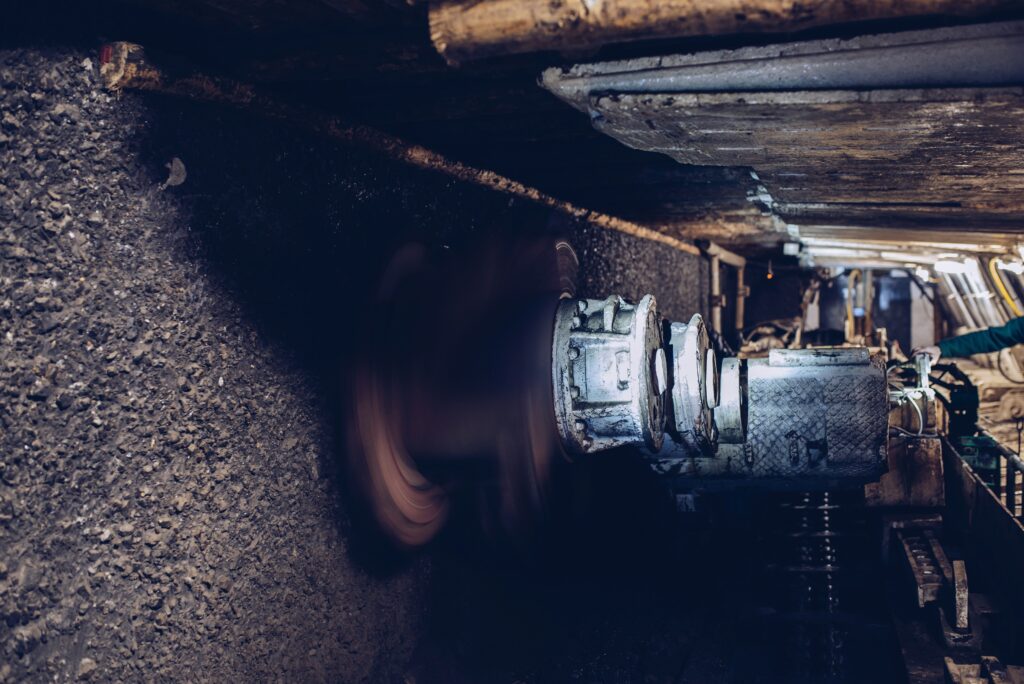Longwall bretby cable monitoring using fibre optic sensing.
Safety
Bretby Cable Sensing

Longwall bretby cable monitoring using fibre optic sensing.

The majority of underground coal mines use a longwall shearer for production. Utilities are supplied to the longwall shearer (electric power, communications, and water) through trailing cables and hoses. As the track is pulled, the individual segments articulate, allowing the cable to bend while maintaining the protection of the contents.
Rock and coal regularly fall into the cable tray, blocking the passage of the Bretby, snagging the cable, and preventing further movement. In some cases, as the Bretby folds on itself, the entire housing can dislodge from the cable tray (Bretby dislocation), causing a potential hazard for nearby operators. Dislocation events cause a hard stop of operations, followed by time-consuming in-person intervention by a maintenance team.
The main objective of the project is to develop, test, and evaluate a Bretby monitoring system that can automatically detect major failures of the cable handling system, such as its dislocation, and to determine how early this detection can be made in practice.
Phase 1 will focus on analysing the signals from a lab scale testing using a sample bretby cable followed by an underground trial. The bretby and embedded fibre cable has been assembled for testing and analysis is underway.
